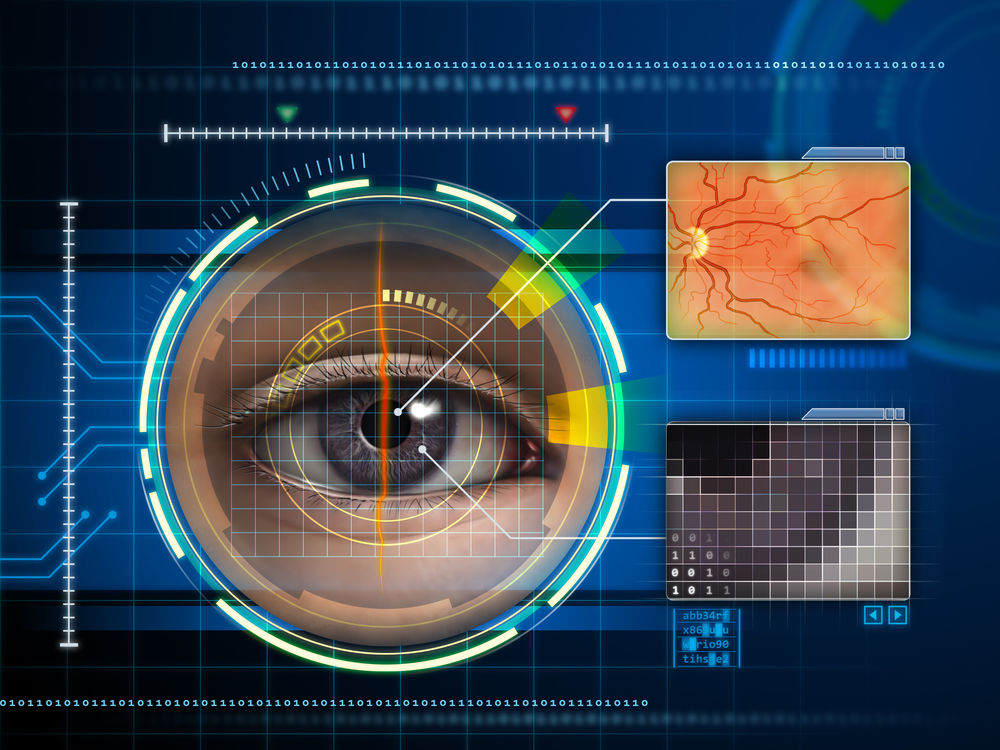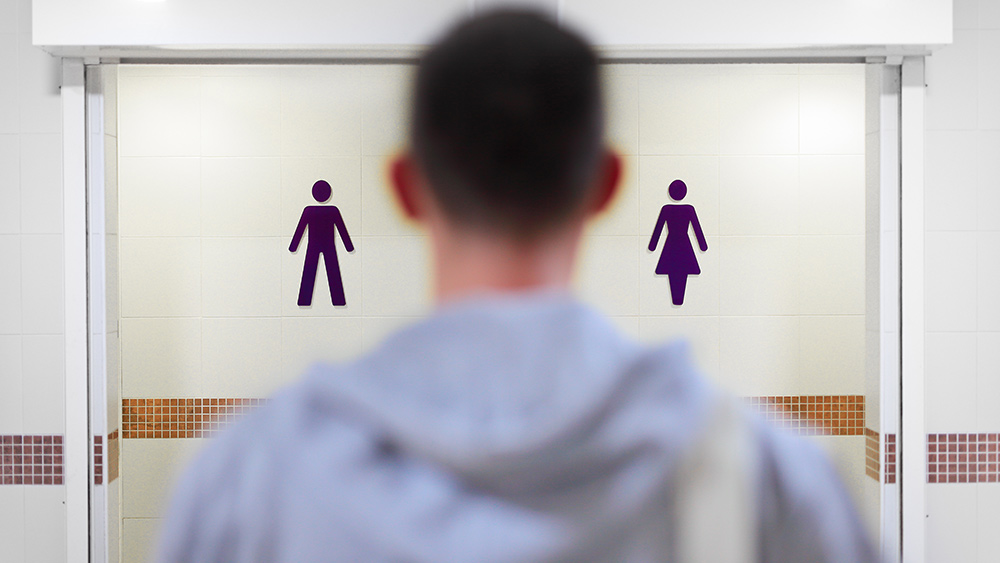Man suffering from ALS creates home electronic automation system that uses eye movement and brain waves
12/28/2016 / By Daniel Barker

A diagnosis of amyotrophic lateral sclerosis (ALS), commonly known as Lou Gehrig’s disease, was once considered a death sentence, but advanced automation technology is offering new hope to sufferers of the rare condition.
Most ALS patients eventually face an extremely difficult choice: either die from the lack of ability to breathe once the disease progresses or undergo a tracheostomy and spend the rest of one’s life on a ventilator – unable to move or speak.
Less than 10 percent of ALS patients choose the second option, but one man who suffers from the disease is helping to develop a viable third option: an opportunity to lead a relatively independent and mobile existence with the help of automation technology that can respond to head and eye movements, or even brain waves.
Refusal to accept a death sentence
Steve Saling was a successful landscape architect at a Boston design firm when in 2006, at the age of 38, he was diagnosed with ALS and told that he had three to five years to live.
Determined to prove the doctors wrong and “live another 38 years,” Saling began researching his options to determine the best approach to surviving the currently incurable condition.
From CNN:
“Once Saling concluded he couldn’t stop the progression of his disease, he decided to figure out the best way to live with it. But he soon realized that the options for day-to-day care were far worse than he could have expected.
“He had made friends among other ALS patients online, but when he visited them, many had 24-hour home care or were confined to beds in nursing homes, soiling their own sheets, with extremely limited person-to-person contact.

“Saling was determined to find another option, even if he had to create it himself.”
At an ALS symposium near Boston, Saling met Barry Berman, CEO of the Chelsea Jewish Foundation, an organization dedicated to providing assisted living care for seniors and disabled people.
Berman was in charge of developing new living facilities designed for ALS and multiple sclerosis patients, and he and Saling hit it off from the start.
When Saling moved into one of the foundation’s facilities, Berman soon realized that he should be in charge of designing the automated system for assisting residents with their everyday lives.
“As we got to know Steve’s ability with technology and his knowledge as an architect, it just became a natural progression that he would provide the expertise and knowledge to get all the technology in the house,” he said.
Independence through technology
The automated system Saling designed allows him to lead a nearly autonomous life, relying on eye movement recognition technology that sends wireless signals to automated devices and furnishings such as doors, lights and elevators.
Eye or head movements are recorded as the patient looks at a computer screen to choose various commands for the wireless system to perform. The system can also be controlled by brain waves alone.
In 2010, the foundation opened the Steve Saling ALS Residence in Chelsea, where Saling and several other ALS patients lead relatively normal and independent lives in a place designed to feel like home.
Even patients on ventilators can communicate with others, move around freely in their wheelchairs and go on outings, thanks to applied modern technology and Saling’s vision.
For an intelligent person to be trapped in a helpless body, unable to move or speak, is an almost unimaginably horrifying fate – and one that would be worse than death for most people.
But for Saling and his fellow ALS patients living in the facility, life with the disease is not only endurable, but well worth living.
“I can’t imagine enjoying life more,” he said.
Sources:
Submit a correction >>
Tagged Under:
ALS, automation, medical technology
This article may contain statements that reflect the opinion of the author





















